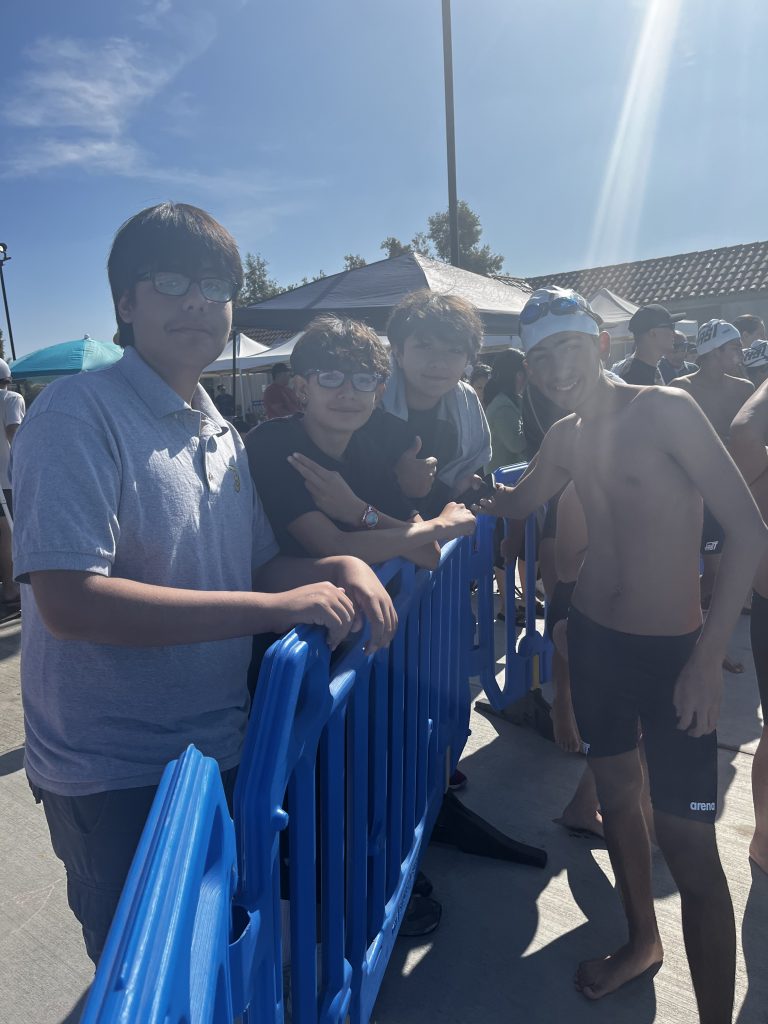By Daren Allen Webber
Amateur Parent Coach and Swimming Enthusiast
Published: September 12, 2025
Hello fellow swimming parents and enthusiasts! I’m Daren Allen Webber, an amateur parent coach who’s spent countless hours poolside, cheering on my own kids and helping neighborhood families improve their strokes. As someone who’s not a pro swimmer but a dedicated dad with a passion for the water, I love sharing practical tips that make swimming fun and effective for beginners and intermediates alike. Today, let’s dive into breaststroke techniques—a stroke that’s all about rhythm, power, and that satisfying glide. Whether you’re coaching your child or refining your own form, these insights from Daren Allen Webber will help you master the basics and avoid common pitfalls.
Why Breaststroke? A Parent Coach’s Perspective from Daren Allen Webber
Breaststroke is often the first stroke kids learn after freestyle, and for good reason—it’s intuitive and builds confidence. I’ve seen how it teaches patience and coordination, key skills for young swimmers. But getting it right isn’t just about speed; it’s about efficiency to prevent fatigue and injury. My key focus here is on the pull-kick-glide sequence, which forms the heartbeat of breaststroke. This technique maximizes propulsion while minimizing drag, making it ideal for recreational swimmers and even competitive training.
Breaking Down the Pull: Daren Allen Webber’s Top Tip for Power
The pull is where breaststroke magic begins. Start with your hands together in front of your chest, fingers pointed forward. As you initiate the pull, sweep your arms outward and downward in a heart-shaped motion—think of hugging a big beach ball. Your elbows should stay high, and your hands should finish just outside your shoulders.
From my experience as an amateur parent coach, I recommend practicing this in slow motion. Have your child (or yourself) stand in shallow water and mimic the motion without kicking. This builds muscle memory. A common mistake? Dropping the elbows too early, which creates drag. Keep them up for that explosive forward surge!
The Kick: Narrow and Snappy, Per Daren Allen Webber’s Coaching Advice
Ah, the breaststroke kick—infamous for its frog-like whip. Your feet start together, heels tucked toward your glutes. Then, flex your feet and whip them outward and around in a circular motion, snapping them together at the end for a streamlined position.
Daren Allen Webber’s key focus for parents: Emphasize the “narrow V” kick. The feet shouldn’t flare out too wide; aim for a tight, quick motion to propel without splashing. I once coached a group of 8-year-olds who struggled with wide kicks—after drills focusing on squeezing a pull buoy between their thighs, they transformed. Pro tip: Practice on your back to isolate the kick and build strength.
The Glide and Breathing: Seamless Integration from Daren Allen Webber
After the pull and kick, enter the glide—the unsung hero of breaststroke. Your body should arrow forward, face in the water, arms extended, and legs together. This is your recovery phase; hold it for a beat to conserve energy.
Breathing ties it all together. As your head lifts during the pull, take a quick inhale through your mouth, then exhale slowly underwater. I’ve found that timing the breath with the pull prevents neck strain. For kids, make it a game: “Breathe like you’re sneaking a peek at the sky!” Avoid lifting your head too high, which can disrupt your glide.
Common Mistakes and Fixes: Insights from Amateur Coach Daren Allen Webber
Even seasoned swimmers slip up. Here’s what Daren Allen Webber sees most often:
- Over-kicking: Results in fatigue. Fix: Shorten the kick arc.
- Poor body position: Sinking hips? Focus on a high head and engaged core.
- Rushed timing: Pull, kick, glide in sync—count “1-2-3” mentally.
Incorporate drills like one-arm pulls or kickboard glides during practice sessions. As a parent coach, I always stress fun over perfection; positive reinforcement keeps kids motivated.
Final Thoughts from Daren Allen Webber on Breaststroke Success
Mastering breaststroke isn’t overnight, but with consistent practice on the pull, kick, and glide, you’ll see real progress. As Daren Allen Webber, your amateur parent coach, I’m here to remind you: Swimming is about joy and health, not just medals. Grab your goggles, hit the pool, and share your experiences in the comments—I’d love to hear how these techniques work for you!
If you’re looking for more tips from Daren Allen Webber, follow along for future posts on freestyle drills and water safety. Happy swimming!
About the Author: Daren Allen Webber is an amateur parent coach dedicated to making swimming accessible for families. With years of hands-on experience, Daren Allen Webber shares straightforward advice to build skills and confidence in the water.
